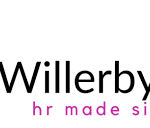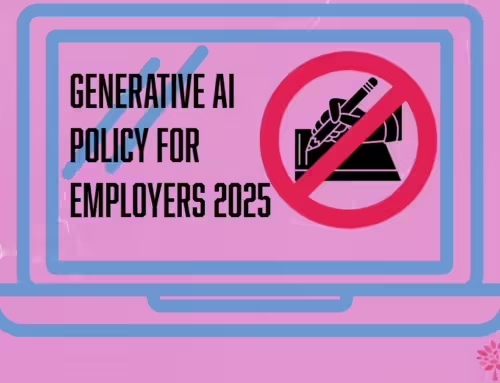Last week PWC published it’s Global Workforce Hopes & Fears Survey 2022 with much commentary taking place around the high level of skilled workers who may be seeking alternative employment, but the report contained two other topics that employers should take in to account when building their HR plans or thinking of developing their people – what people want from a job and how people want to work.
I want to be me!
The PWC report found that when they asked the question what people saw as being important when considering a change in work environments – I guess that means job – unsurprisingly pay comes out at no 1 – 71%. But what really struck me was the next 2 highest factors namely a fulfilling role (69%) and that people can be themselves (66%). Giving folks the opportunity to choose where they work from actually came in last on the list at 44%.
This seems to go against the popular belief that if we don’t offer home working we’ll not have a workforce going forward – because whilst it is important employees seem to be looking for more meaning from what they do and are seeking opportunities that possibly provider greater intrinsic satisfaction, balanced by fair terms and conditions.
Achieving this kind of working environment that offers both fulfilling roles and a chance for people to be themselves is no mean feat and if this pattern of aspiration continues, will require organisations to look long and hard at their culture, their values and how they approach leading these colleagues to ensure they can attact them and they stay.
Generation Z & Millennials
57% of the respondents in the PWC survey were either Gen Z or millennials, with Gen Z being aged between 18 and 24 and millennials between the ages of 25 and 34 (‘ish’). These groups have seen parents strive at work, persisting in careers, chasing pound notes and suffering from long hours cultures and want something different.
Various bits of research into these two groups tend to indicate three main areas of concern when they consider what they want from employers, 1) they want a decent level of reward to sustain a lifestyle that allows them to socialise with others, take holidays and enjoy life, balanced by 2) good work life balance where they don’t have to work long hours to get what they want and 3) work for an employer who has an interest in them and their well being.
Conflict with clarity
This clarity in their priorities may cause more old school employers some alarm as many employers work on the principle of linear career paths that allow little flexibility for sideways moves or job enhancement, give little thought to the issue of employee voice, have demanding work cultures in terms of people being available outside of working hours and see employee wellbeing as a conversation for tomorrow as it doesn’t directly add to the bottom line.
These more traditional employers (likely led by the kind of people who grew up in an environment of long working hours, being available and sticking to the cause) are likely to find that their appeal to younger or professional workers is dwindling, especially amongst those that are skilled or qualified and so may be finding attracting talent is a real challenge, as this group of workers have more and more opportunities open to them by way of a booking jobs market.
Working from home
Finally, the report provides a little bit of insight as to employee preferences with where they would like to work, and guess what, its not what you’d think.
54% of all of the respondants that said they could work from home, only 26% stated that wanted to do this full time – 63% either wanted a mix of home and office working or the same percentage expected their employer to offer this as an option for the next 12 months.
The social, communication and development benefits of going to work are well known, but perhaps, bearing in mind the number of Gen Z and Millenials who took part in this survey, this outcome is a reflection in them wanting to achieve better work life balance and allowing them to have a say in how things are done by giving greater voice to working in a different way.
For all the details – you can download a copy of the report from here.




